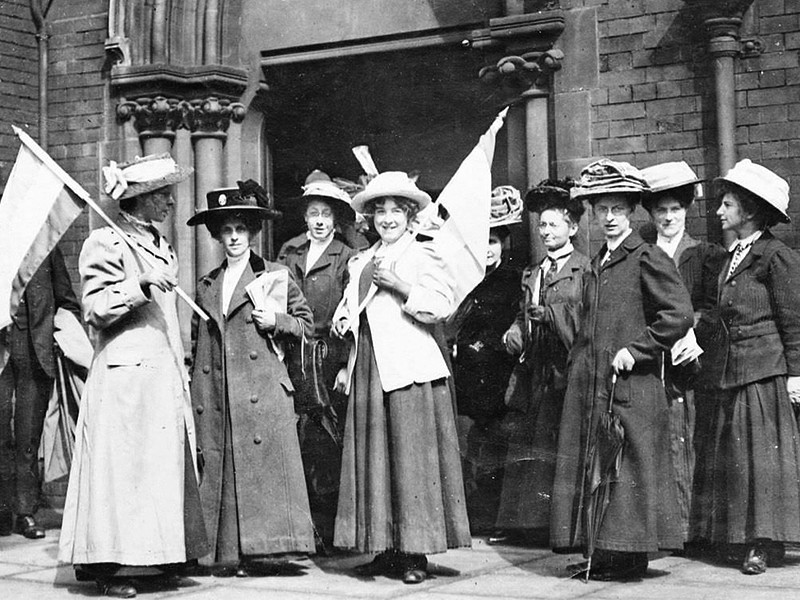Essays and Dissertations of the Scottish Royal Medical Society, 1751–1801

Dissertations submitted to the Royal Medical Society in Edinburgh, 1751–1801
The eighteenth century physician was expected to be a keen and discriminating thinker…he must observe accurately, reflect carefully, and reason soundly. Physicians of this type wanted medicine to be a science.“Rationalism in Early Eighteenth Century Medicine”, Journal of the History of Medicine and Allied Sciences 18, no. 3 (1963): 257.
Access the full collection
Access the full archive of Essays and Dissertations of the Scottish Royal Medical Society, 1751–1801.
Institutional Free Trial
Start your free trialRegister for a free 30-day trial of Essays and Dissertations of the Scottish Royal Medical Society, 1751–1801, for your institution.
Institutional Sales
Visit Sales PagesellFor more information on institutional access, visit our sales page.
Single User License
Purchase a license below to view the full collection.
Already have a license? Sign in.
Explore key developments in medical thought and practice

This collection contains over two hundred dissertations and essays submitted to the Royal Medical Society throughout the period 1751–1801. The Royal Medical Society was founded by students at the University of Edinburgh in 1737. It was granted a Royal Charter in 1778. The Royal Medical Society still exists—it supports medical students at the University of Edinburgh and is the world's oldest student society. The Royal Medical Society boasts notable alumni, such as William Cullen, Charles Darwin, Thomas Addison, Sir Charles Bell, and Sir Joseph Lister. It is deemed to have made a significant contribution to the development of modern medicine.
Subjects covered in these essays and dissertations include the treatment of rare bacterial diseases, diabetes, epilepsy, smallpox, scurvy, and tetanus. There are also essays on psychology and mental health. Significantly, the collection contains essays positing the existence of bacteria and advocating the use of antiseptics. A fascinating collection, Essays and Dissertations of the Scottish Royal Medical Society, 1751–1801 provides students and researchers with unique insights into the development of modern medicine.
Contents
Essays and Dissertations of the Scottish Royal Medical Society, 1751–1801...
Dissertations submitted to the Royal Medical Society in Edinburgh, 1751–1801
Discover
Highlights
-800x600.jpg)
Licensed to access Which of the different theories of menstruation afford the most probable view of its nature and causes? by J. Gahagan.
During the eighteenth century significant advances were made in terms of understanding the menstrual cycle. This dissertation evidences the prevailing theories at the time.
Insights
This collection contains a series of essays on the aphorisms of Hippocrates, illustrating his influence upon eighteenth century medical thought.
This resource boasts essays and dissertations written by more than 200 different people. A wide range of medical topics is therefore covered. These papers likewise evidence a spectrum of opinions on the practice of medicine.
Subjects covered in these essays include pregnancy, treatments for poisoning, the effects of opium, how nutrients are absorbed by the body, and the nature of diabetes.
Germ theory was not widely accepted until the 1860s. Consequently, many doctors operated without washing their hands or sterilising their equipment. This changed in 1867 when Sir Joseph Lister discovered that using antiseptics reduced the likelihood of infection. This collection features discussions regarding the use and science behind antiseptics that predate Lister’s breakthrough discovery.
Although typically a taboo subject at the time, the eighteenth century proved a significant era for the advancement of our understanding of menstruation. Development of thinking in this area was indicative of a shift away from humoral theory and the same-sex model, theories that had hitherto dominated medical thinking. This collection includes multiple dissertations and essays on different theories regarding the menstrual cycle.
Whilst this collection contains extensive material on human biology, there are also essays reflecting upon advancements in veterinary science, physics, chemistry, and biology more generally.
Unlock Historical Research for Your Institution
Provide your students and researchers with direct access to unique primary sources.
-800x600.jpg)
-800x600.jpg)
-800x600.jpg)
![The Hospital of Bethlem [Bedlam] at Moorfields, London: seen from the north, with sheep grazing and people walking in the foreground. Coloured wood engraving by W. H. Prior.](https://d1sxy7l4fhu207.cloudfront.net/uploads/production/1738/conversions/BOA_RBRH_Card_1630494275-800x600.jpg)











